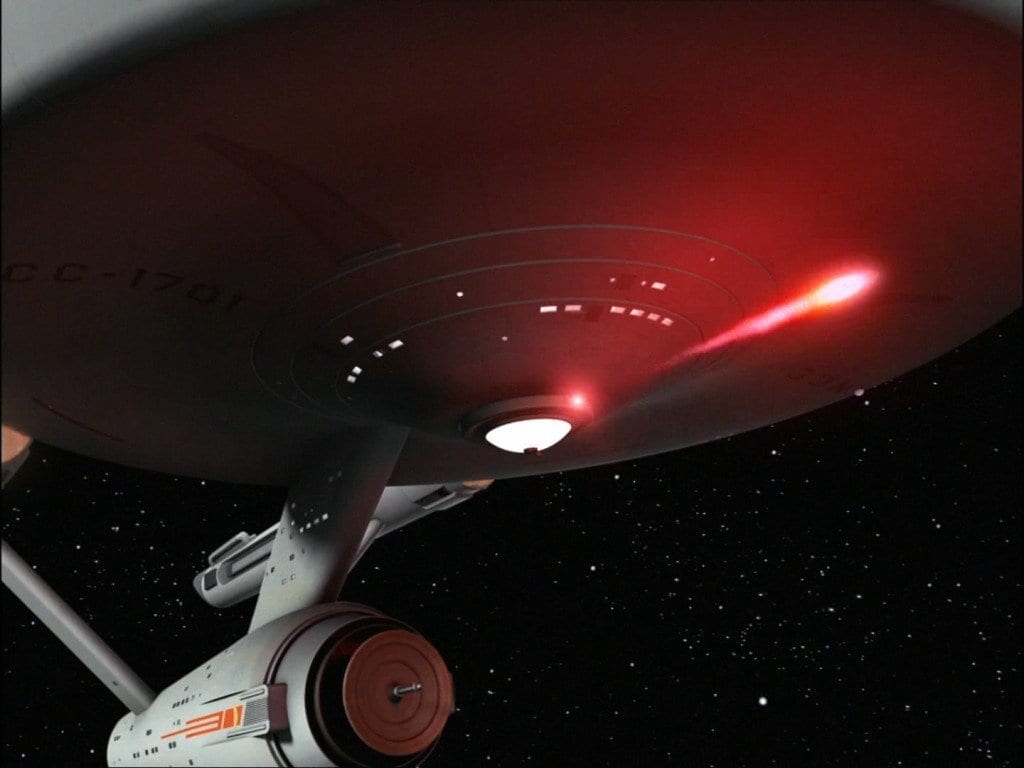
Austrian research company IAT21 has presented a new type of aircraft at the Paris Air Show which has the potential to become aviation’s first disruptive technology since the jet engine.
The D-Dalus (a play on Daedalus from Greek mythology) is neither fixed wing or rotor craft and uses four, mechanically-linked, contra-rotating cylindrical turbines, each running at the same 2200 rpm, for its propulsion.
The key to the D-Dalus’ extreme maneuverability is the facility to alter the angle of the blades (using servos) to vector the forces, meaning that the thrust can be delivered in your choice of 360 degrees around any of the three axes. Hence D-Dalus can launch vertically, hover perfectly still and move in any direction, and that’s just the start of the story.
Like most cars and aircraft these days, it sounds very complex but it’s all controlled by computer algorithms, so it’s simple joystick control for the user, and far less exacting than a helicopter to fly.
Existing rotary wing aircraft offer VTOL capabilities but have vulnerabilities which make them unsuitable for many applications. They are challenged in bad weather, at long ranges, at high speed and in operating to and from lurching platforms, such as boats in rough weather.
By contrast, D-Dalus is particularly suited for such conditions and can thrust upwards and hence “glue down” on landing, which it can also do on a moving vehicle. Indeed, landing on a moving vehicle is one of the D-Dalus’ many party tricks, and it’s a natural for landing on watercraft. Not surprisingly, since it initially broke cover at the Royal Aeronautical Society conference a few days ago, it has already attracted a lot of interest from military quarters.









